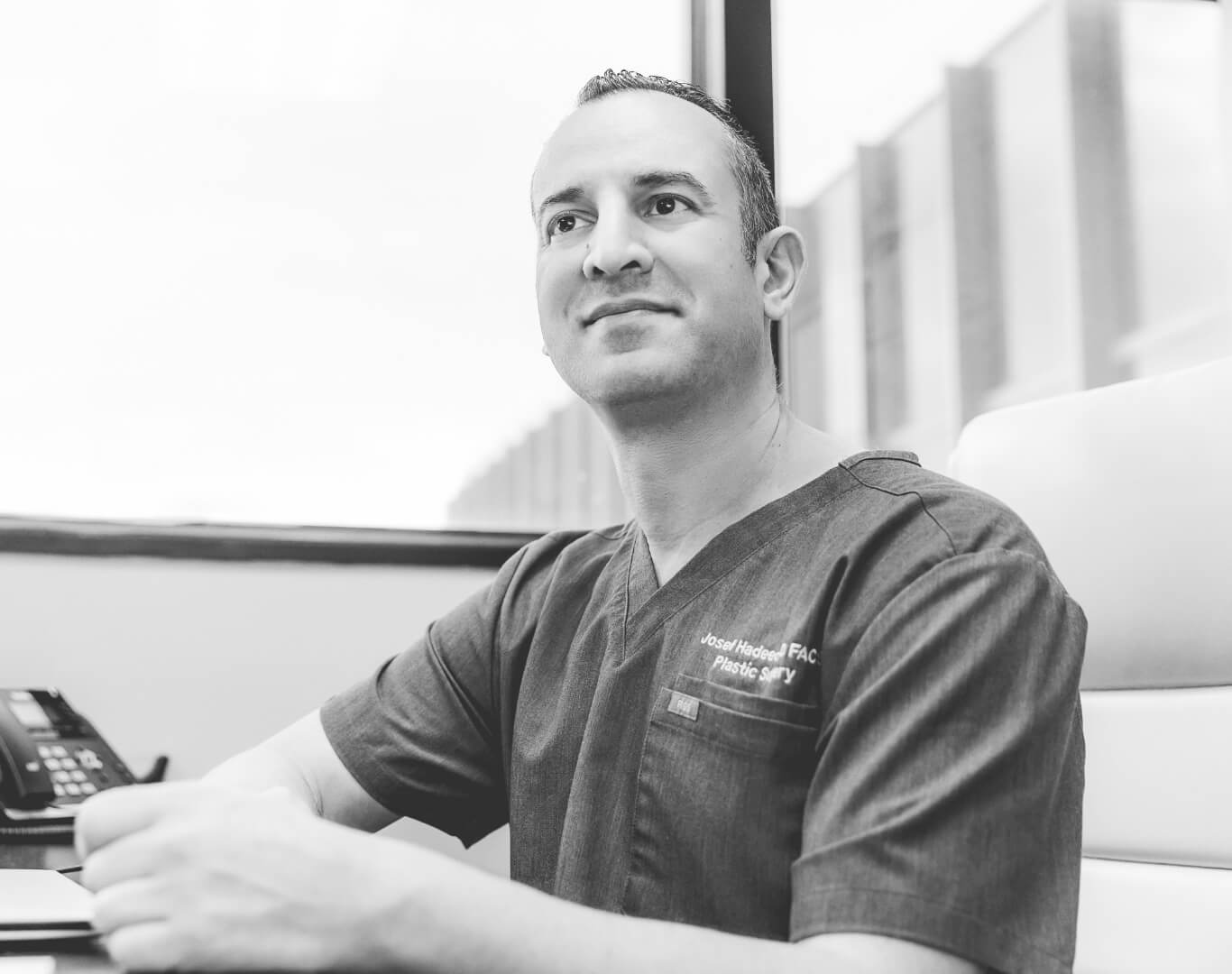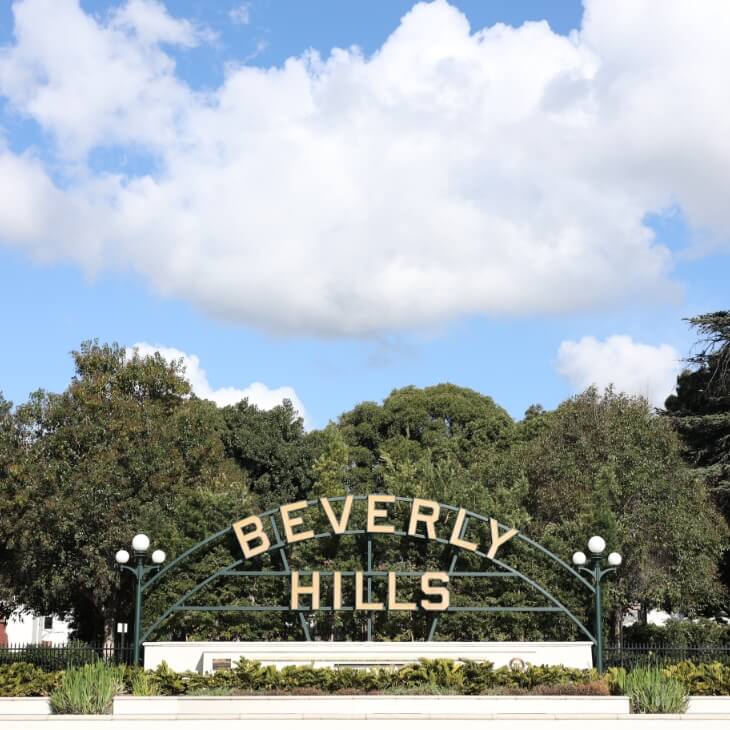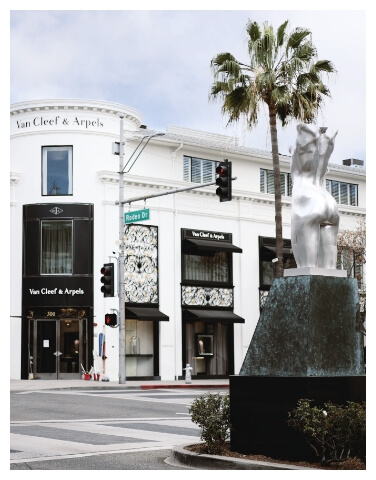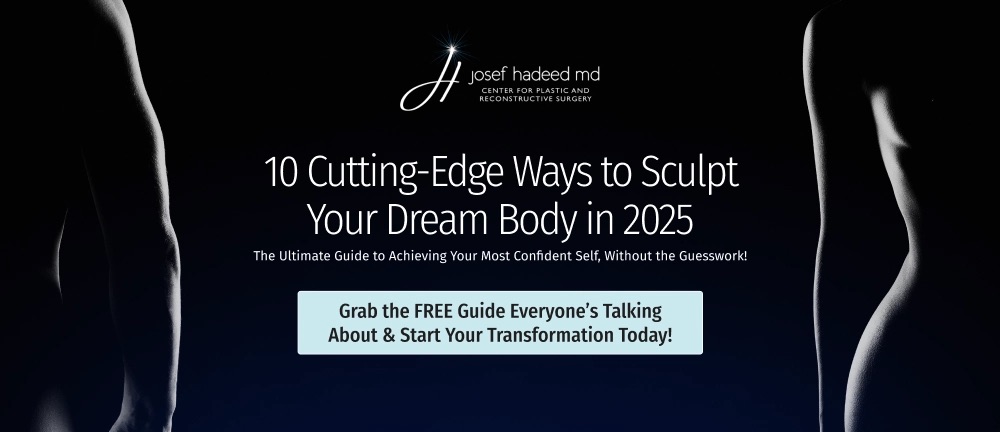Fat Transfer Procedure
Many people struggle with stubborn fat in areas of their body where they don’t want it, and no matter how hard they try, they can’t get rid of it. At the same time, they often wish that areas such as their breasts and butt were fuller. With the fat transfer procedure, Dr. Hadeed can not only restore volume to areas that have lost youthful fat over time (such as your face and hands) but also increase volume in areas that aren’t as voluminous as you would like (such as your breasts and butt).
What Is Fat Transfer?
Fat transfer, also known as fat grafting or fat injections, is a procedure that takes fat from areas in which you have excess and then re-injects the purified fat into areas that lack volume, giving you the curvier figure you desire. This procedure can plump, smooth, and contour your face and body, rejuvenating and enhancing your appearance.
Dr. Hadeed will explain the details of your procedure during your consultation. He will go over any questions or concerns you may have to best achieve your desired results.
Schedule A ConsultationHow Is Fat Transfer Performed?
Fat Harvesting (Liposuction)
During the liposuction procedure, Dr. Hadeed will make small incisions and carefully remove excess fat cells from your body without compromising the quality of the donor fat. Common sites for obtaining fat include the abdomen, hips, thighs, and posterior arms.
Fat Purification
Dr. Hadeed will then spin the harvested fat in a centrifuge to separate the fat, processing the damaged or non-viable fat cells and extra fluid from the healthy fat cells that will be used for reinjection. Dr. Hadeed will sometimes add plasma obtained from your own blood to the fat cells. Plasma contains highly beneficial growth factors that can help boost collagen production in your skin.
Fat Injections
Finally, the extracted fat is strategically injected into specific areas of your face or body using a small needle to ensure precise placement and consistent results. The fat injected will add volume for enhancement and fill the deflated appearance that comes with age, sun damage, gravity, and weight fluctuations.

See many examples of real patients before & after results
What Can I Expect During My Fat Transfer Recovery?
After liposuction, the areas where the fat was removed will be wrapped to help create a smooth shape, reduce swelling, and promote healing. Patients should also avoid putting pressure on the area where the fat was injected. Dr. Hadeed will provide specific recovery details based on the donor areas from where your fat was removed and what to expect as you recover. Ideally, you should allow a few weeks to fully recover before returning to strenuous activities.
Your recovery and postsurgical instructions may vary, depending on the location of the fat donor sites, the amount of fat removed, and the benefits of fat areas where the fat was transferred. For example, instructions will be different for patients who received a Brazilian Butt Lift versus those who had fat transfer to their face or hands. Make sure you carefully follow all of Dr. Hadeed’s instructions to help ensure a problem-free recovery and the best results possible.
When Will I See My Fat Transfer Results?
Most results are noticeable one week after the procedure, but the grafted area will lose some volume over the first couple of months as excess and non-viable fat is absorbed. After that, you can expect the areas where the fat was transferred to appear permanently softer and fuller, giving you a rejuvenated and refreshed appearance. You may even notice an improvement in skin texture.
Fat Transfer FAQ
Am I a good candidate for a fat transfer procedure?
Ideal candidates for fat transfer:
- Are physically healthy
- Don’t smoke
- Have a positive outlook and realistic goals in mind for the improvement of their appearance
- Are committed to maintaining good skin health
- Have enough excess fat in a donor area
In some instances, there may be better procedures to achieve your desired results than fat transfer. In that case, Dr. Hadeed will offer alternative cosmetic procedure options that may better fit your body and aesthetic goals.
What if I don’t have enough fat to harvest?
Fat transfer relies on using your natural fat to augment the designated treatment area. You will only be a candidate for fat transfer if you have an adequate amount of fat to harvest. During your consultation, Dr. Hadeed will assess the potential donor areas suitable for fat grafting and suggest other cosmetic procedures, such as breast enhancement or non-surgical wrinkle reduction, if you are not a candidate for fat transfer.
Is fat transfer permanent?
When performed by a board-certified plastic surgeon, the results of a fat transfer are considered permanent. Not all harvested and transferred fat will survive initially, but the fat cells that remain after a few months will leave a permanently filled appearance. You should also ensure that you adhere to a healthy diet and regular exercise, as gaining or losing weight can negatively affect your fat transfer results.
Are my results achieved after one fat transfer procedure?
Most patients who undergo fat grafting to the face and hands achieve their desired results after one procedure. However, breast augmentation and Brazilian Butt Lift patients may want a subsequent fat transfer procedure if they want additional volume.
What are the risks associated with fat transfer to the butt?
According to the official medical journal of the American Society of Plastic Surgeons (ASPS), the Brazilian Butt Lift is a safe procedure when the fat is injected correctly into the subcutaneous tissue above the muscle.
As with any surgical procedure, there are certain risks associated with fat transfer, which include:
- Cysts or lumps at the injection site
- Infection at the donor site
- Microcalcification of the fat
- Seroma
- Necrosis (death) of fat cells
Does fat transfer leave scars?
Fat harvesting is performed through liposuction, a reconstructive surgery that results in small scars. Dr. Hadeed places small incisions in inconspicuous locations, so the resulting scars are often easy to conceal. The transfer sites usually have no scarring because the fat is injected with a small needle.
Additionally, any scars that do appear typically fade over time. You can care for their healing by avoiding exposing them to the sun. Applying scar cream and silicone strips can help ensure that even small scars will be as invisible as possible.
How much does fat transfer cost?
The cost of a fat transfer procedure varies depending on the areas treated and the amount of fat transferred. Additional cost factors include anesthesia fees, surgical fees, prescription costs, and recovery garments. Dr. Hadeed is proud to offer several financing options to his patients so that everyone may have access to a quality surgeon and the desired treatments. To explore a convenient way to include cosmetic procedures in your budget, click here to learn more about our financing options.
Am I a good candidate for fat transfer to my breasts?
Women who desire fat transfer to their breasts need to meet a specific set of criteria, including those who:
- Are looking for an alternative to augmentation with silicone or saline implants
- Want a slight boost in breast size without the need for invasive surgery or a long recovery
- Understand that fat transfer offers modest volume enhancement, usually increasing breast size by one-half to one cup size.
- Desire more naturally shaped or symmetrical breasts, often after lumpectomy or mastectomy surgery
- Have sufficient fat stores in other parts of their body that can be transferred
- Are aware that the body may absorb some of the transferred fat cells
Does fat transfer breast reconstruction increase my risk of cancer relapse?
When performed by a qualified and board-certified plastic surgeon, fat transfer generally poses little health risks. A JAMA Network study of 300 patients who had autologous (fat transfer) reconstruction compared to 300 control patients found that there was “no significant difference in the rate of locoregional recurrence” after five years, suggesting that autologous fat grafting reconstruction does not increase the risk of breast cancer recurrence when compared to more traditional reconstruction techniques.
How long does it take to see the final results of my fat transfer?
It typically takes about six months to see the complete results of your fat transfer. Immediately after surgery, you will see some initial results from the liposuction. There will be swelling and minor bruising in the area where the fat was removed, but that will diminish over time. The swelling may take several weeks to a few months to dissipate completely.
As far as seeing results in the area where fat was injected, it takes about six months for the injected cells to “anchor” themselves and develop a new blood supply. Be patient as your body does its magic; you’ll see your gorgeous new curves in no time.
How long do I have to wait before undergoing a second fat transfer procedure in the same area?
Remember that not all fat cells survive the fat transfer procedure, so you may decide to undergo a second procedure to achieve the desired volume. As mentioned above, it takes about six months for the fat cells to settle into the fat injection area, so it’s recommended that you wait at least that long before scheduling another fat grafting process.
How will fat transfer affect my face?
Fat transfer procedures are considered non-invasive, meaning that they require no incisions on your face and will leave no scarring or evidence you’ve had injections. The newly injected fat tissue will soon settle into its new home in your face, and you will enjoy natural, lasting results and a refreshed, more youthful face. Fat transfer can boost volume in your cheeks and fill deep wrinkles or acne scars, offering a more long-term result than injectable dermal fillers.


Beverly Hills, California
9454 Wilshire Blvd
Suite 710
Beverly Hills, CA 90212


